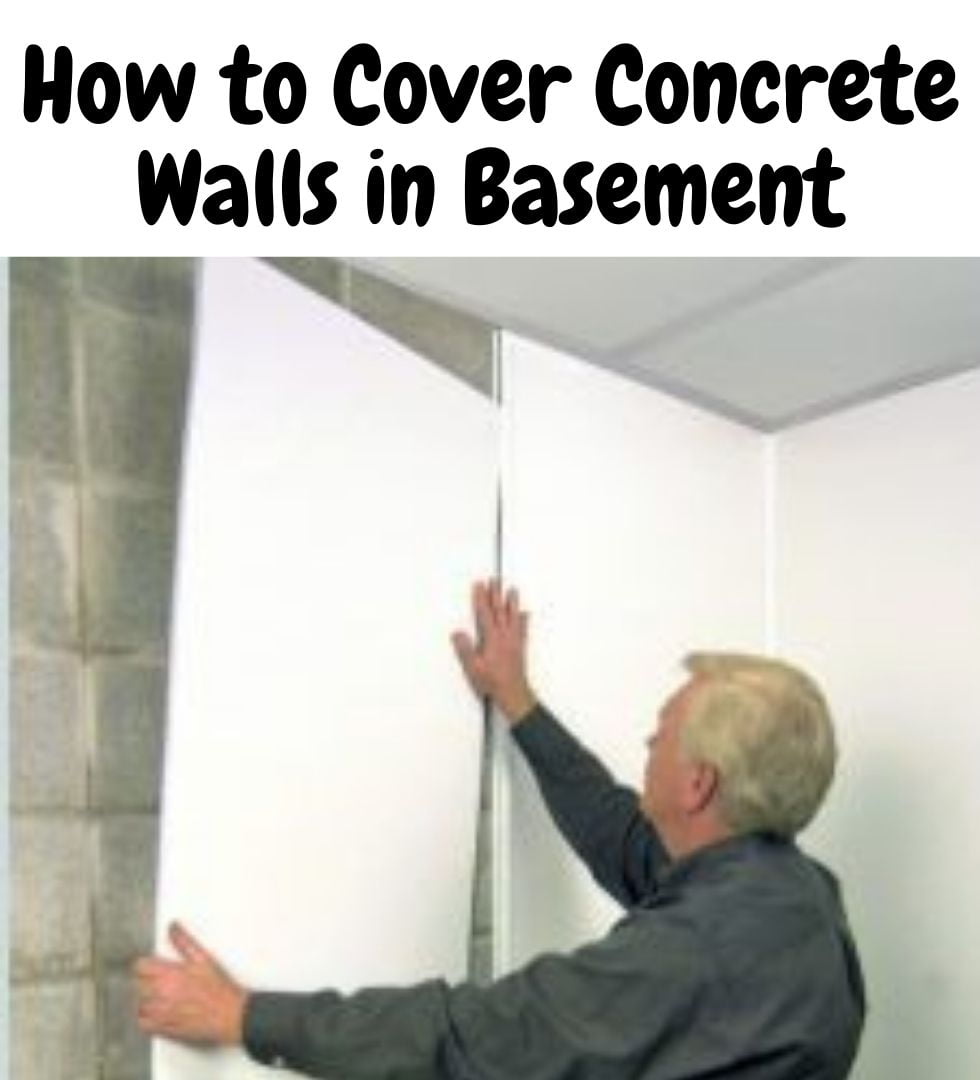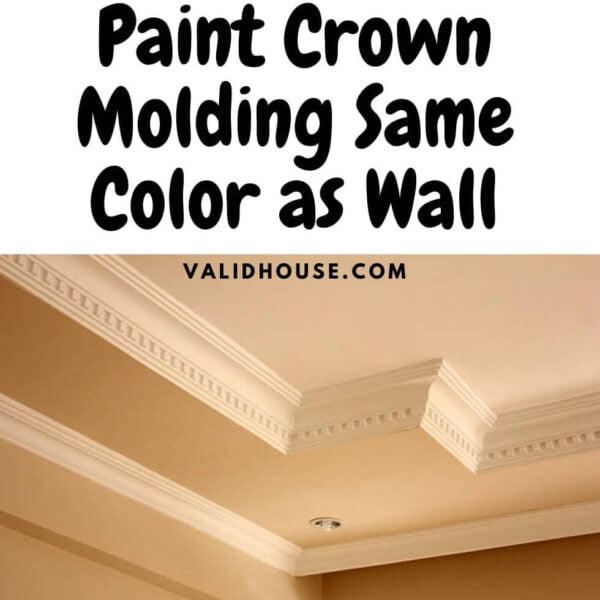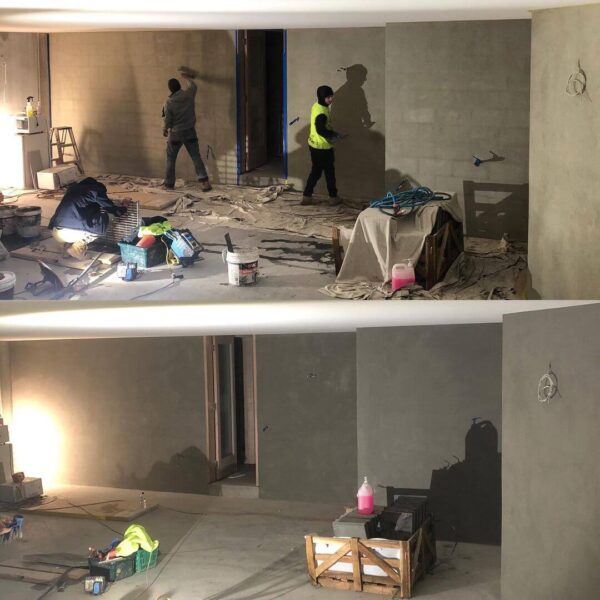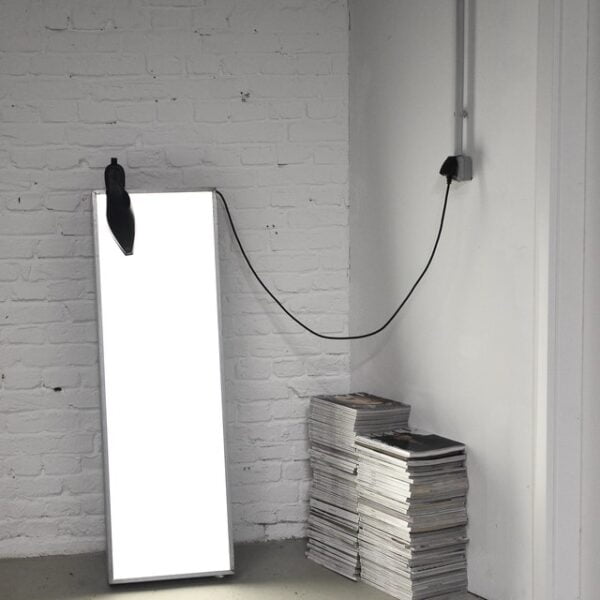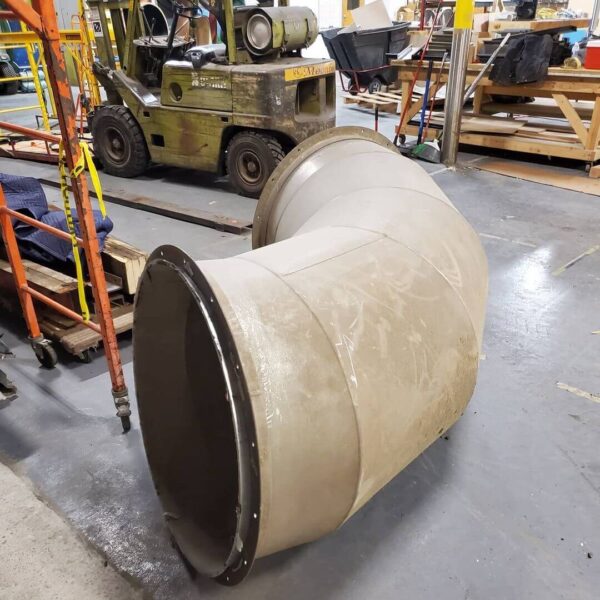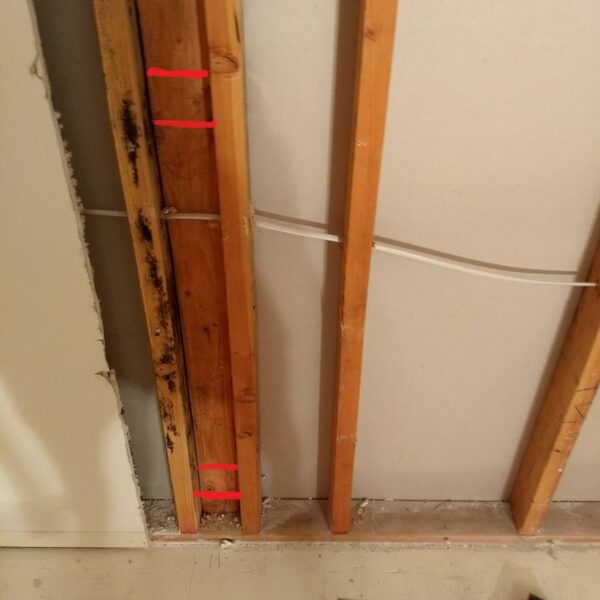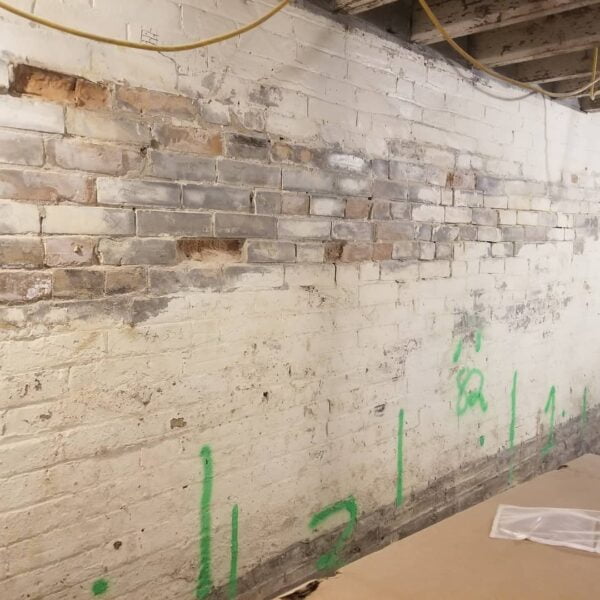Concrete walls in the basement can be covered by drywall, paneling, painting, Staining, stone veneer, fabric, parging, and wall vinyl. But drywall is the best way to cover concrete walls in the basement, while wood paneling is the cheapest way to cover and finish basement concrete walls.
The basement is a part of a building that should be taken very well care of. As a homeowner, if you wish to have a basement, then, you must be ready to ensure that all the necessary things that are needed to make the basement better are in place.
If it means covering it to make it nice, then, do so. Why leaving your basement unfinished when there are several other ways by which you can finish your basement.
As a homeowner, if you are on a budget, and you are looking for a cheap way to finish your basement walls, then you have a lot of options. It’s better to cover and finish your basement with these cheap ways than to leave it uncovered and unfinished.
Table of Contents
How to Cover Concrete Walls in Basement
Here are the 8 ways to cover concrete walls in the Basement:
1. Drywall
Drywall is one of the best and most common ways to cover basement walls. It is common because many people prefer to use drywall as a means of covering their basement walls.
However, it is important to note that the use of drywall involves several processes which range from sealing, installation of foam board sheets, gathering of the wooden frame, and gluing the drywall to the basement walls.
Irrespective of the process involves with the use of drywall as a covering to basement walls, it is still the best method to use to cover your basement walls.
It is also germane to know that while drywall is the best, it is not the cheapest way to cover your basement walls. Which is a bit disadvantage to homeowners who are on a budget.
If you are on a budget and wish to use cheaper ways to finish your basement, you may need to look for other methods explained in this article. But if you are not on a budget, then you are good to good. Drywall is the best and there is a reason for that. It will give you the absolute look you desire in your basement.
When buying drywall for your basement walls, it is better to consider the sizes and the thickness sizes. Drywall which is also known as wallboard is made from calcium sulfate dihydrate and comes in different thickness sizes.
You need to consider those thickness sizes, know the size that will fit your basement perfectly, and give it the look you desire before making any purchase.
Also when buying drywall panels for your basement walls, it is advisable to buy drywall panels that are water-resistant to prevent mold and mildew from growing in the basement walls. It is important to take note of this and let the buyer know that you want a water-resistant drywall panel.
If you are buying the drywall panel from an online store like Amazon, ensure to read the product description and be sure the one you are ordering is water-resistant.
How to Install Drywall In Basement
- To install a drywall panel in basement walls, the first thing you need to do is to ensure that the concrete walls are sealed with a concrete sealer.
- While sealing it, ensure it is done neatly. If you are doing the sealing by yourself, ensure you do a clean job or give the job to someone that will do clean work for you.
- The next thing to do after the basement concrete walls are sealed with a concrete sealer is to install foam board sheats on the basement walls.
- To install these foam board sheets, you need to first ensure that they are properly measured into the appropriate sizes they should be. One should not be bigger than the other or in a different size than the other. After this is done, you can make use of glue adhesive to install it on your basement walls.
- After this is done perfectly, then proceed to the construction of a wall frame. Ensure to use 2×4 when constructing the wall frame. After you’re done constructing the 2×4 wall frame, place it up against the concrete wall and use fiberglass batt insulation to fill the wall frame cavities, which means that fiberglass insulation can be used in the basement as it will help resist moisture.
Nevertheless, if you don’t wish to make use of the procedures explained above to install drywall panels to your basement walls, then you can make use of furring strips with foam to ensure the panels are installed properly.
Using furring strips with foam means using 2×2 wood strips which save more floor space for you rather than a 2×4 wall frame.
While using furring strips with foam will save you some more floor space, it will not give you much space for much electrical work after insulation. So it is important you take note of that.
Therefore, it’s left for you to choose the means of installation you so desire. Is it the first method which may not leave enough floor space but much space for electrical and other things or the second method which will preserve more floor space for you but leaves no room for electrical works after doing the insulation? Choose one!
2. Paneling
Wood paneling is another means of covering your basement walls and finishing them. In fact, wood paneling is the cheapest way to cover your basement walls. Unlike drywall, wood paneling is cheap and easy to use. It is also suitable for homeowners who are on a budget.
Don’t get it twisted. The fact that wood paneling is a cheap means of covering your basement walls doesn’t mean your basement wall will look cheap after it is installed. No. That is not the case. Your basement walls can still look the way you wished they are looked even after using wood paneling. Just that most wood panelings are affordable.
Apart from wood paneling being affordable to purchase, it is also very easy to install. It can be installed by anyone. If you are the type that is good at DIY things, you will save some money installing it yourself.
Before purchasing any wood paneling for your basement wall covering, it is important to note that most wood panelings are made from fireboards which are popularly known as artificial wood products.
However, these fireboards come in three different types ranging from low-density, medium-density, and high-density. The ones made for walls are usually medium-density fireboards.
To be on the safer side, it is better to tell the seller to give you the medium-density fireboard wood panel for your basement walls. Or better still, explain to him that the paneling is for your basement walls and let him give you the one that can be best for it.
Meanwhile, if you want to make your purchase from an online store, then you have to read the product description and product reviews to be sure you are buying the type that is suitable for your basement walls.
How to Install Wood Paneling on the Basement Walls
- Just like drywall, you need to apply a concrete sealer first when installing paneling on the basement walls. You can use a paint roller to make the application.
- You can cut the wood panels to the sizes you wish them to be before installing them. Make sure to give it a size that will allow it to hang some inches above the floor.
- The next thing to do is glue the panels to the wall by using strips of special paneling adhesives. You must use adhesives made to be used for wood paneling. Don’t use other glues to avoid stories that touch. You need to first apply the adhesives before pressing the panel in place on the wall.
3. Painting the Basement Walls
You can cover basement walls with paint. But you must be very careful when applying paint on your basement walls to avoid it peeling off in the nearest future. Ensure that it is appropriately done. If you cannot do it by yourself, get someone that can do it for you.
Also, while considering using paint as a covering measure for your basement walls, you must ensure to use paints that are suitable for concrete walls.
Buy paints made to be used on concrete such as Mansory paint or elastomeric paint. These paints can be used on concrete. Ensure that the walls are also clean before applying the paint.
4. Staining the Basement Walls
You can cover your basement wall by staining them. Just like painting, staining has its problem as well. While painting can peal in no time if it is not properly done, staining can fade in no time if it is not sealed after it is applied. It can still fade if it stays for a long time without being re-sealed as well.
However, don’t get it twisted. Painting and staining the concrete walls are not the same. While painting involves painting the basement walls accurately, staining involves staining the walls.
The major difference between them is that while staining soaks deep in the concrete wall, paint remains on the surface of the concrete walls. However, you must ensure the walls are clean and dry before staining the walls.
Remember to neutralize the acid stain if that is the type you prefer to use. Don’t use it as you purchased it. Neutralize it with baking soda or ammonia before using it on your basement walls.
5. Stone Veneer
You can make use of stone veneer to cover your basement walls. You can choose any designs you wish for your basement walls. The result will amaze you. You can even choose to use either the traditional natural tone and cultured or the faux stone. It depends on your preference.
Even though the cultural stones are artificially made, they can still give you the look you desire. It is the traditional veneer that comes in real stone. Therefore, expect it to be more expensive than the other. Choose the type that fits your taste.
6. Fabric
This is another means to cover basement walls. You can make use of any fabric of your choice to do this, either by gluing it to the wall or by using a rod to hang it on the wall. You must ensure that the fabric is dry as getting wet is not good for the fabric and the basement too.
7. Parging
This can also be called pargeting. It is a means of covering basement walls especially if you are on a budget. To do this, you have to apply mixed mortar or plaster to the concrete basement walls to cover it.
While parging might not be a bad idea, it will help cover the concrete look of the basement and give it a fine finishing look. It will give it a look of a plastered wall.
If you wish to use this method for your basement walls, you can buy one that has already been mixed or just mix it by yourself. When mixing it yourself, don’t let it be too watery. It should be a thick paste that can stick to the wall.
8. Wall Vinyl and Wallpapers
This is another simple yet amazing way to cover basement walls. You can simply get a wall vinyl or even a wallpaper that is not as expensive as and use it in the basement.
The vinyl itself is an adhesive material that comes in various designs. So choose the one you want and customize it to your taste. The same goes for the wallpaper.
However, while installing either the vinyl or the wallpapers to your basement walls, you must ensure the walls are smooth. The reason is that smooth surfaces are best to install such materials and if you install it on a wall that is not smooth, it won’t sit smoothly and may fall off in no time. It won’t look pleasing in the eyes. So, please take note of this.
Things to Consider Before Covering Concrete Walls in Basement
The Amount you Wish to Spend: You need to consider the amount you have and the amount you are willing to spend to have the work completely done in your basement. Irrespective of how much you have in your account, accountability is very good. So, take note of that.
Check the Humidity and Moisture in the Walls: Before installing anything in the name of covering your basement walls, ensure that the walls are dry. It is never a good idea to install any covering on wet basement walls as it may peel off in no time. If the wall is still wet, do not do the work. Give it some time to dry to avoid stories that touch.
The Sizes and Thickness: Depending on the type of coverage you wish to use for your basement walls, you should consider the sizes and the thickness to use.
Water-Resistant Materials: You should also consider using water-resistant materials. This will help ensure that the coverage lasts for a very long time.
Final Thoughts
Covering your basement walls is not a bad idea. However, you can make use of any of the methods mentioned and explained in this article to cover your basement walls such as drywall, paneling, painting, Stain, stone veneer, fabric, parging, and wall vinyl. Drywall is the best, while paneling is the cheapest way to cover the wall. Choose the method you think will satisfy and give you the exact look you desire.

